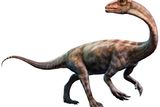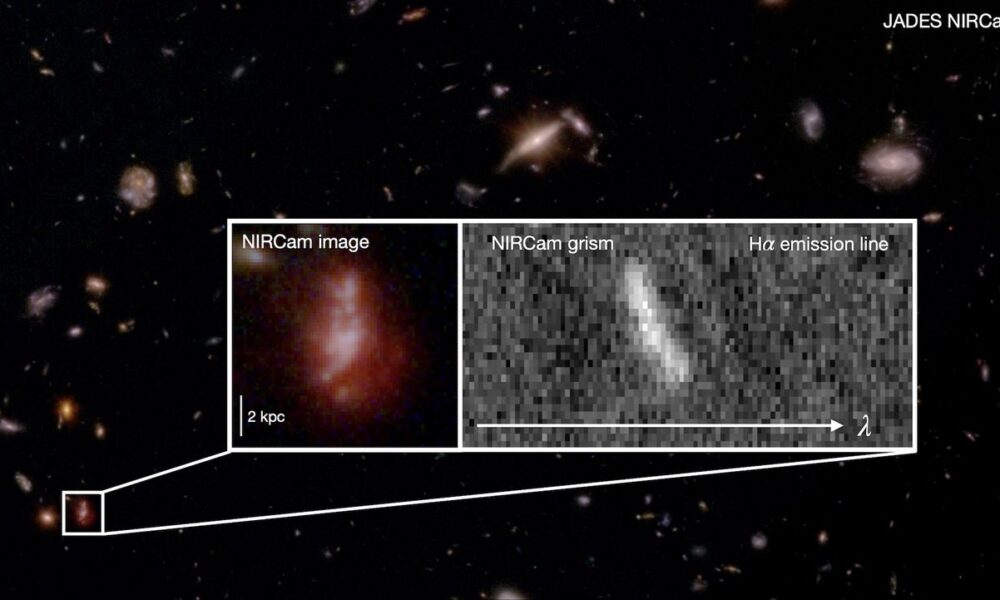A significant paleontological discovery has emerged from Argentina, where researchers have uncovered a headless fossil of one of the world’s oldest dinosaurs. This remarkable find, estimated to be about 230 million years old, was located in the foothills of a mountain range in La Rioja. The study detailing this discovery was published in the journal Nature and introduces a new long-necked species named Huayracursor jaguensis.
Insights into Huayracursor jaguensis
The fossil, which features an almost complete skeleton, was found in challenging terrain that has recently become known for yielding significant Triassic-era discoveries. According to Martín Hechenleitner, a researcher at the National Scientific and Technical Research Council (CONICET), “It’s one of those discoveries that don’t come along often.” Agustín Martinelli, another CONICET researcher affiliated with the Bernardino Rivadavia Argentine Museum of Natural Sciences, emphasized that this dinosaur likely lived between 230 and 225 million years ago, solidifying its status as one of the earliest dinosaurs known to date.
Huayracursor is classified as an early sauropodomorph, a group of herbivorous dinosaurs characterized by their long necks. The estimated size of this species is about 6 feet (approximately 2 meters) in length and weighing around 40 pounds. Despite its relatively small stature, Huayracursor is larger than other dinosaurs from the same era, like the Bagualasaurs. This size is particularly important as it represents a pivotal step in the evolutionary journey of its lineage.
Hechenleitner noted, “Huayracursor is novel because it exhibits two key features: a considerably longer neck and a larger size than most of its contemporaries.” These characteristics suggest an early emergence of traits that would become fundamental to the evolutionary history of sauropodomorphs.
Exploration of New Paleontological Territory
The team responsible for this discovery represents one of the first groups of scientists to investigate the western region of La Rioja. Prior to their expedition, the area had remained largely unexplored due to its treacherous terrain and challenging weather conditions. Their efforts have proven fruitful, as they have uncovered a wealth of Triassic fauna over the last decade, including this new dinosaur.
Martinelli remarked, “This new region, within a virtually unexplored geological basin, opens up the prospect of major discoveries.” He highlighted the rarity of identifying entirely new sites that contain remarkably preserved and abundant fossils, underscoring the significance of their findings.
The name Huayracursor reflects its geographical context, with “Huayra” referencing the high winds of the region and “jaguensis” acknowledging the nearby village of Jagué.
The implications of discovering one of the world’s oldest dinosaurs extend beyond this individual find. The completeness of the fossil is expected to enhance understanding of early sauropodomorph evolution. Furthermore, the research team anticipates expanding their expeditions into previously unexplored territories.
According to Sebastián Rocher, a co-author of the study, “Based on stratigraphic and sedimentological studies, we were able to recognize that the Triassic terrains of the Northern Precordillera belong to a sedimentary basin that evolved independently of other basins in southwestern Gondwana.” This discovery opens the possibility for further explorations into the Andes.
As paleontologists continue to investigate this intriguing region, the potential for uncovering additional fossils promises to shed light on the early days of dinosaur evolution.






